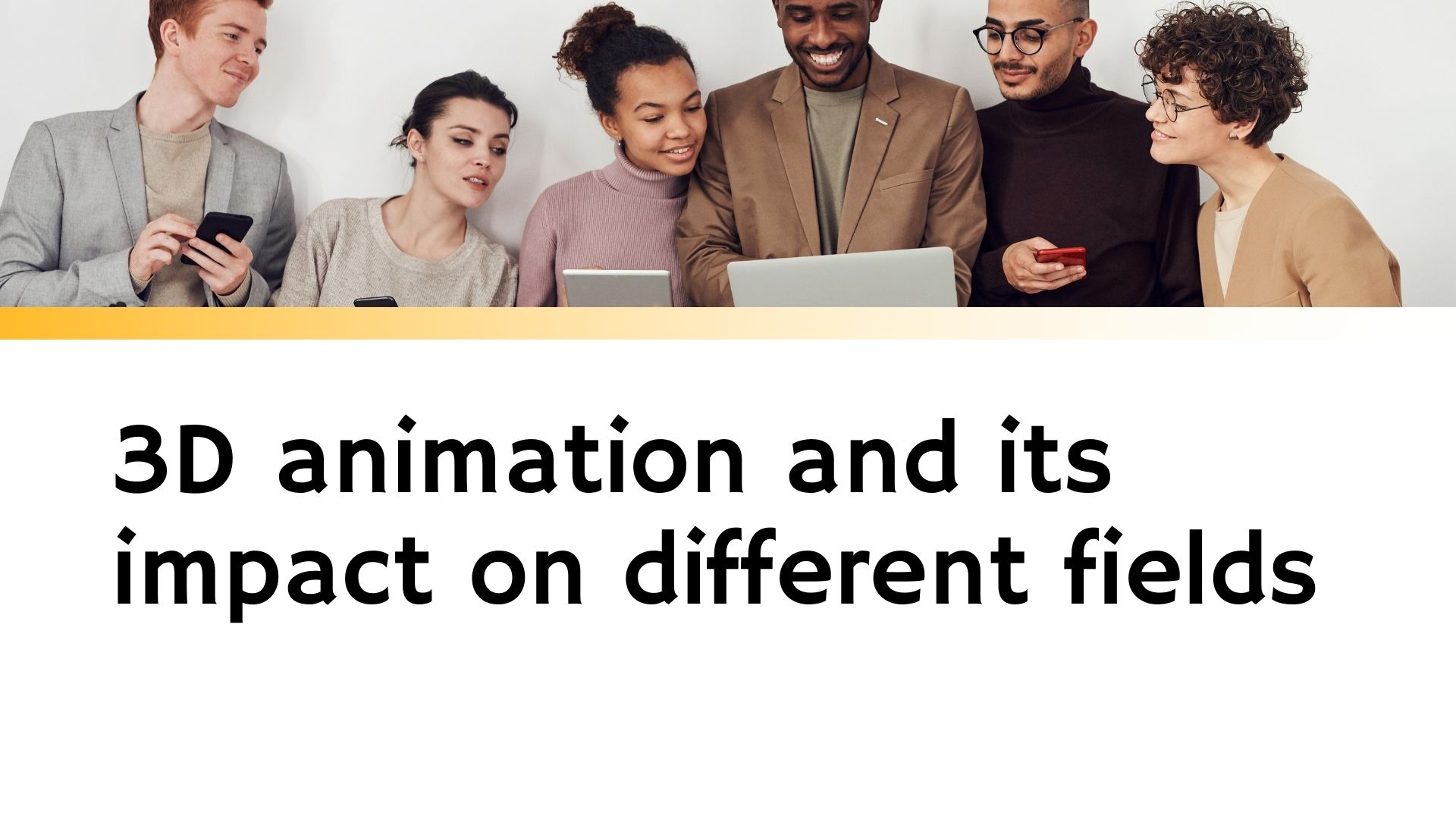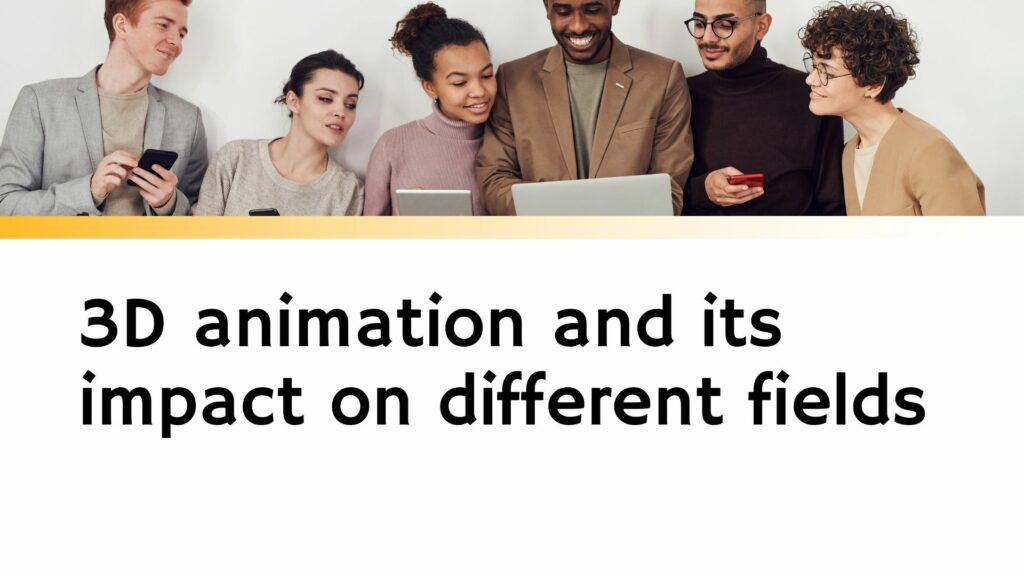
What is 3D animation and its impact on different fields?

By Ryan Bradman
Table of Contents
In simple words, 3D animation strategically uses motion to offer a more realistic touch to the animated characters, props, and vehicles which multiply the overall impact of animation films and games.
We can compare it to adding mass and internal structure to the conventional animated characters to make them move and act in some specific ways.
You can get a better idea if you’d think about some of the best 3D movie characters like baby Groot (Guardians of the Galaxy vol.2). The internal structure allows characters’ bodies to get realistic facial expressions and help them to acquire a specific personality.
What is 3D animation?

3D animation refers to the technique of showing 3 Dimensional structures of animated characters that offer them a lifelike look and feel- not only the way they look but also the facial expressions, gestures, movements and how their contact with the other objects impact them. Thing of a cushion being pressed in the 2D animation- even the best rendering cannot give you as exact idea of the pressure applied when compared to the 3D rendering of the same scene.In short, by manipulating al the 3 dimensions of a character you can.
What are the uses of 3D animation?
Due to the different realistic qualities of 3D it can be used across a wide range of disciplines and industries. Here are a few use cases of 3D:
Gaming and Media Animation
Realistic animation being the most important aspect of 3D animation, it offers an enormous opportunity to transform the animation movies and gaming sector. It adds vividity to the entire visual experience and helps in producing engaging movies and memorable characters by depicting the traits, expressions, and movements more intensely.
Medical study and research
A key part of the medical study deals with a detailed study of the human body, its structure, and the relation between internal structure and outer body parts. It is also true at the research level.
As already discussed the 3D technology emphasizes detailing the outer expressions, appearance, and movements based on internal mass. So, there are numerous ways in which 3D animation can be embedded in the present medical science to improve the understanding of human biology through live 3D models
Academic Learning
One of the most basic concerns of the education industry is how to get the attention of students. 3D can play a vital role in resolving this issue. 3D animation combines the best elements of cartoon and real-life so excellently that it almost seems impossible to divert your attention. So, instead of using charts, graphs, or diagrams that look so uninspiring, the teachers can impart education in a better way by using 3D animation.
There is an element of visual entertainment attached to 3D animation. Moreover, due to the realistic facial expressions and fluid movements, the 3D characters and events naturally get etched into the memory. It helps learners to stay engaged throughout the educational sessions, naturally absorb the taught lessons, and retain most of what they learn.
Especially the subjects that involve a certain degree of complexity and are generally considered “dry” by most students- like science, and mathematics- can be transformed into more welcome subjects with the help of 3D animation.
Conclusion
Though a new technology the 3D has already started achieving a milestone success across the globe. While it is gaining an encouraging acceptance in the key fields of media and gaming, there are a number of other ways in which this innovative technology can help the society and business. This versatility has afforded it a covetuous reputation fo game changer across multiple fields like education, business, marketing and others. In this blog post we mentioned some of the innovative as well as more obvious use cases of 3D technology.
